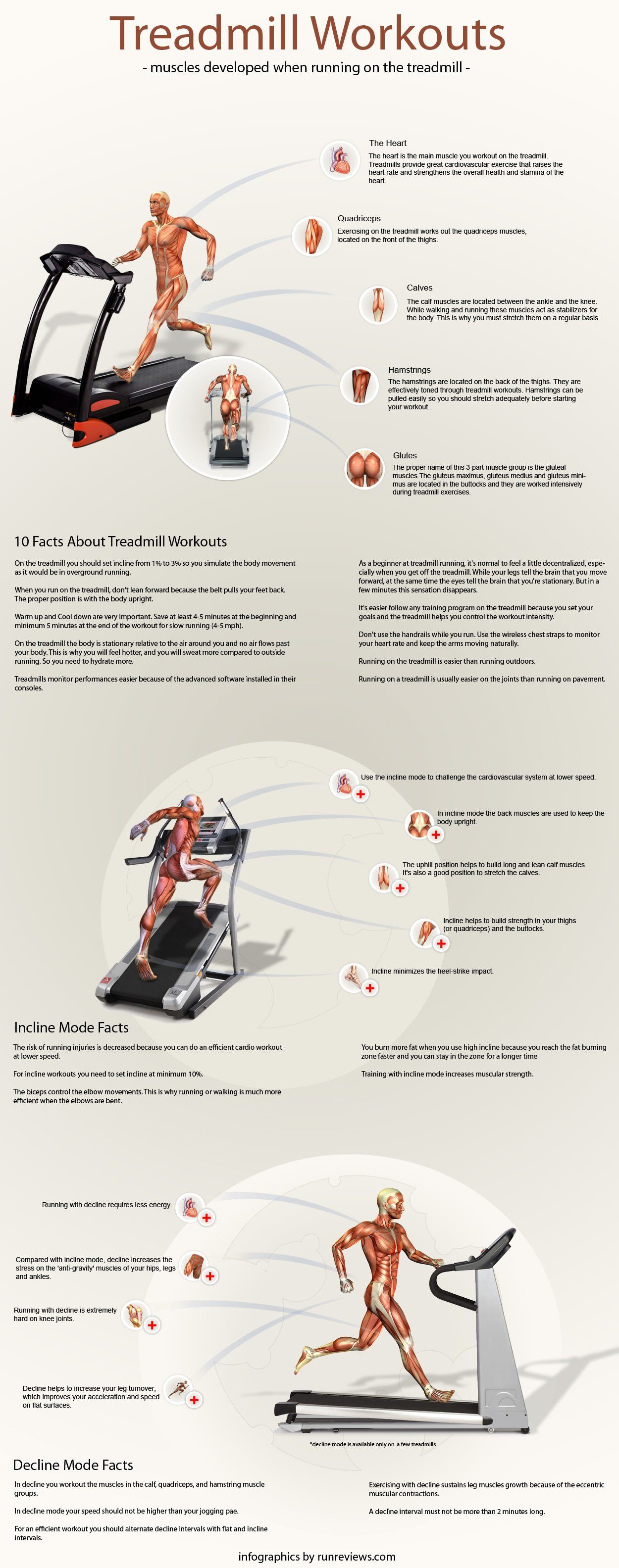A study has revealed that walking improved more in individuals with Parkinson’s who walked on a treadmill for a longer time at a comfortable speed compared to individuals who walked at an increased speed and incline for less time (high-intensity exercise). Benefits from resistance and stretching exercises were also found.[1]
The study revealed that 50 minutes of low-intensity exercise performed 3 times per week was the most beneficial in terms of helping to improve mobility in individuals with Parkinson’s. Difficulty in walking is the major reason for Parkinson’s disease disability. The study results demonstrate that exercise can make a difference to function in individuals with Parkinson’s. Exercise could actually delay disability and help in preserving independence.
For the study, 67 individuals with Parkinson’s were randomly assigned to one of 3 exercise groups: low intensity walking on a treadmill for 50 minutes, treadmill training for 30 minutes at higher-intensity for improving cardiovascular fitness, and making use of weights for leg extensions, presses and curls, and stretching exercises for improving range of motion and muscle strength. Individuals exercised under the supervision of exercise physiologists 3 times per week for 3 months.
Positive effects were seen with all 3 types of exercise, but the most consistent improvement in mobility and gait was provided by the low-intensity training.
The individuals’ cardiovascular fitness was measured prior to as well as after training, and cardiovascular function improved in the low as well as the high-intensity groups. The distance covered in a 6-minute walk was also measured as well as timed tests of short distance walking.
About 1 million people in the US and Canada are affected by Parkinson’s disease. Symptoms begin to develop in the late 50s or early 60s for the majority of individuals, although it can happen in younger individuals. Parkinson’s affects the ability of brain to produce dopamine, a neurotransmitter which is involved in the brain cells’ communication for motor control. Tremor, slowness of movement, muscle rigidity, and gait impairment are some of the physical symptoms of Parkinson’s disease. There are also non-motor symptoms like changes in cognitive function, depressed mood and sleep disturbance.

Image Source: Run Reviews